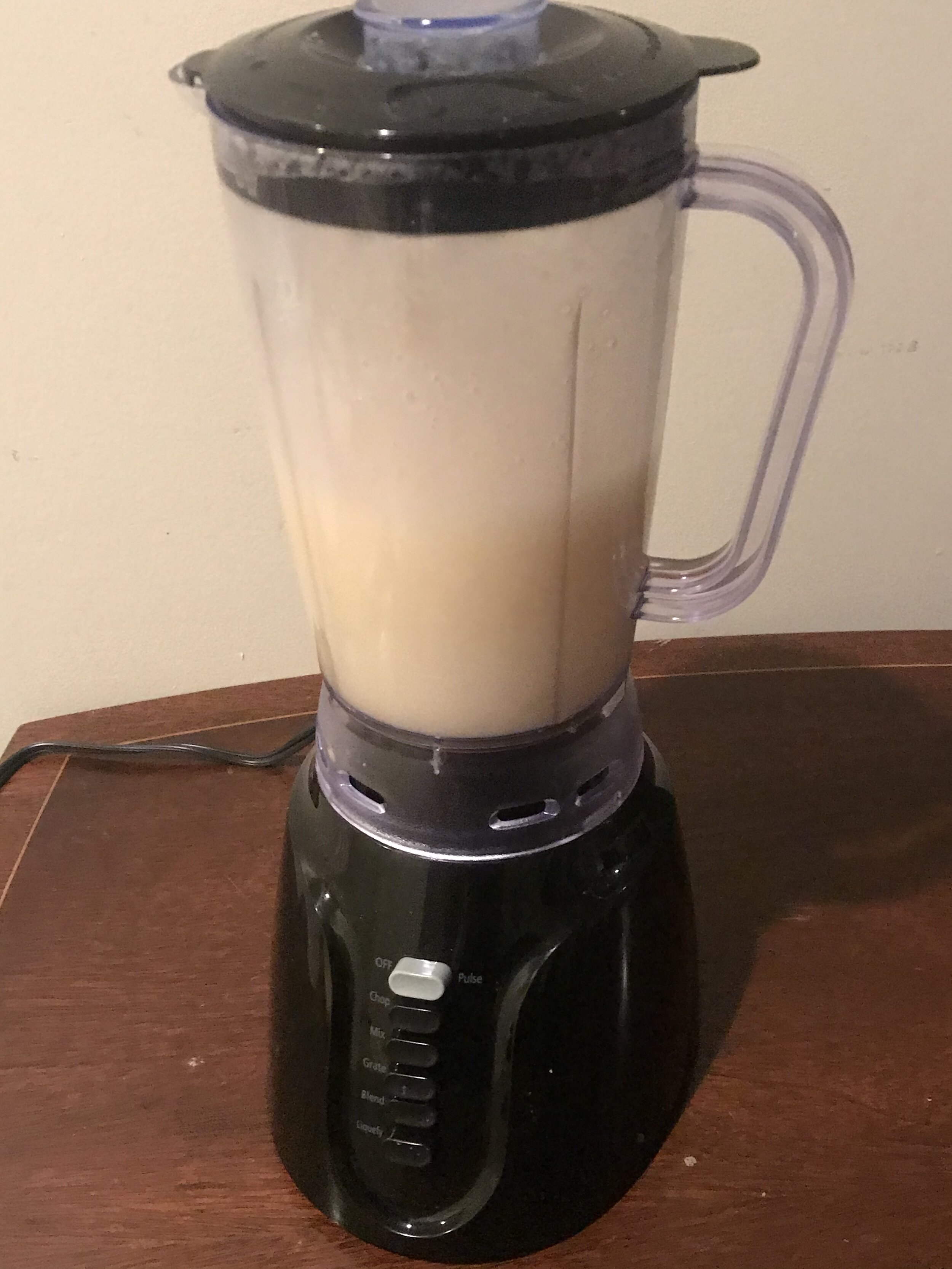
Irish Sea Moss
For dieters out there, Irish sea moss is a great additional to you diet drinks, meals, and healthy candied treats.
What Makes Irish Sea Moss Stand Out
I first learned about Irish sea moss from my 2019 Herb Pharm Herbaculture internship. A year later, I gave the herb a try. First, I made an Irish sea moss gel and chilled in the fridge. Next, I added the Irish sea moss gel to my lemon juice water that I drank throughout the day. Two weeks later, I lost 5 pounds. This herb is a valuable nutritive herb that is in the same level as stinging nettle. If stinging nettle is unavailable, Irish Sea Moss is your next best nutritive herb.
Monograph
Botanical Name: Chondrus crispus
Common Name: Carragheen
Family Name: Rhodophyta, Gigartinaceae
Plant Parts Used: Dried thallus (young shoots). It is a seaweed.
Constitution: Cool and Wet
Taste: Bland and salt
Key Actions: Anti-catarrhal, blood thinner, emollient, expectorant, demulcent, nutritive, pectoral, vulnerary.
Plant Preparations: Infusion, tincture, gel
Cautionary Pearls: Due to its blood-thinning property, Irish moss should not be used by people taking anticoagulants medicines. Excess use may cause skin irritation.
Self-Help Uses: Blood clots, lung diseases associated with dryness/ wasting syndrome, respiratory disorders, cough, bronchitis, acid indigestion, gastritis, ulcers, urinary infections (cystitis), weakened body that is recovering, inflamed/dry skin, tuberculosis, sores and gastric and duodenal ulcers.
Related Species: There are also other species of the same genus in the Pacific Ocean, for example, C. ocellatus Holmes, C. nipponicus Yendo, C. yendoi Yamada et Mikami, C. pinnulatus (Harvey) Okamura and C. armatus (Harvey) Yamada et Mikami.
References:
- Encyclopedia of Herbal Medicine/Andrew Chevallier/Pg. 189
- The Complete Illustrated Holistic Herbal/David Hoffman/Pg. 77
- The New Age Herbalist/Richard Mabey/Pg. 101
- The Way of Herbs/Michael Tierra/Pg. 145
- Irish Moss. Herb Uses, Benefits, Cures, Side Effects and Nutrients. Herbpathy https://herbpathy.com/Uses-and-Benefits-of-Irish-Moss-Cid3138
Pertinent Information
Irish moss is traditionally used for its demulcent and emollient properties.
Irish moss is mainly taken for coughs, bronchitis and lung diseases associated with dryness and/or wasting syndrome. Plus, it has been frequently an herb of choice for TB cough.
For the digestive system, the demulcent trait of Irish moss is useful in healing and easing the pain of acid indigestion, gastritis, gastric & duodenal ulcers.
The herb is also used for urinary infections such as cystitis.
Mucilaginous in texture and salty in taste, Irish moss makes a valuable nutrient in convalescence as well as a nourishing food for invalids/debilitated. This makes this herb a resourceful a gelling and thickening agent for foods and desserts in the culinary world. Additionally, it is commonly prepared as a syrup with Iceland moss and blackstrap molasses.
Externally, this emollient herb is applied on inflamed skin and sores, providing a soothing effect. In cosmetics, Irish moss finds its use as a skin softener in creams and as a nourishing hand gel.
Furthermore, Irish moss acts to thin blood.



